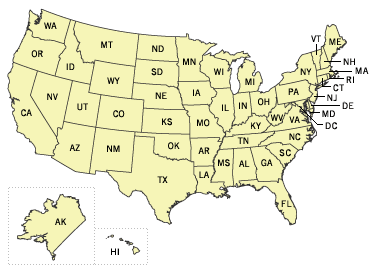
Why do we say “The United States is” rather than “The United States are”? The founding fathers tended to use are — in 1783 John Adams wrote, “The United States are another object of debate,” and the 13th Amendment declares that slavery shall not exist “within the United States, or any place subject to their jurisdiction.”
The standard answer is that the Civil War established the country as a unified nation in the modern consciousness. In 1887 a writer in the Washington Post declared that the war had “settled forever the question of grammar. … The surrender of Mr. Davis and Gen. Lee meant a transition from the plural to the singular.” “Since the civil war the tendency has been toward such use,” confirmed John W. Foster in the New York Times in 1901.
It’s not quite so simple, of course — authoritative writers can be found who used is before the war or are afterward. William Cullen Bryant banned the singular use from the New York Post in 1870, and Ambrose Bierce was pressing for the plural as late as 1909. (In 1881 New Englander C.H.J. Douglas proposed “The United State of America,” but he got nowhere.)
But the standard answer is essentially true. “The rebellion made the State rights and State sovereignty idea very obnoxious to loyal people, and gave corresponding prominence and popularity to the idea of nationality,” observed the New York Times in 1895. “The United States is, not are,” concluded Carl Sandburg in 1958. “The Civil War was fought over a verb.”
